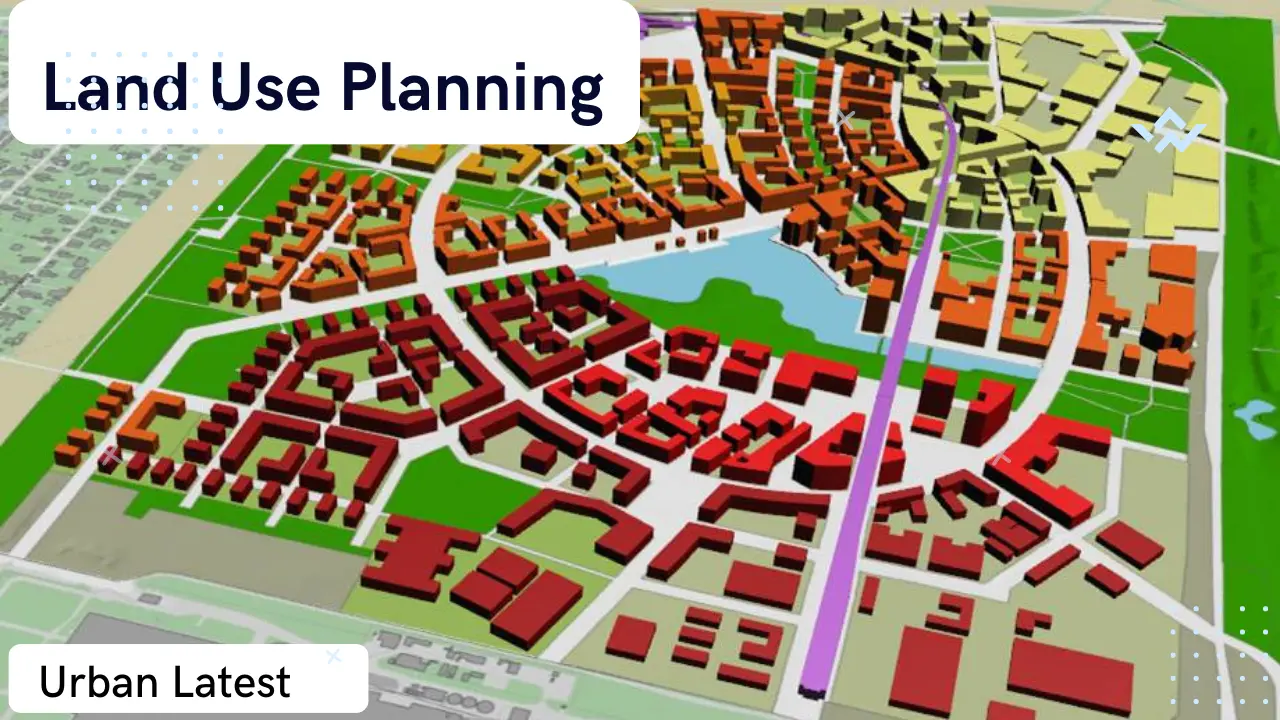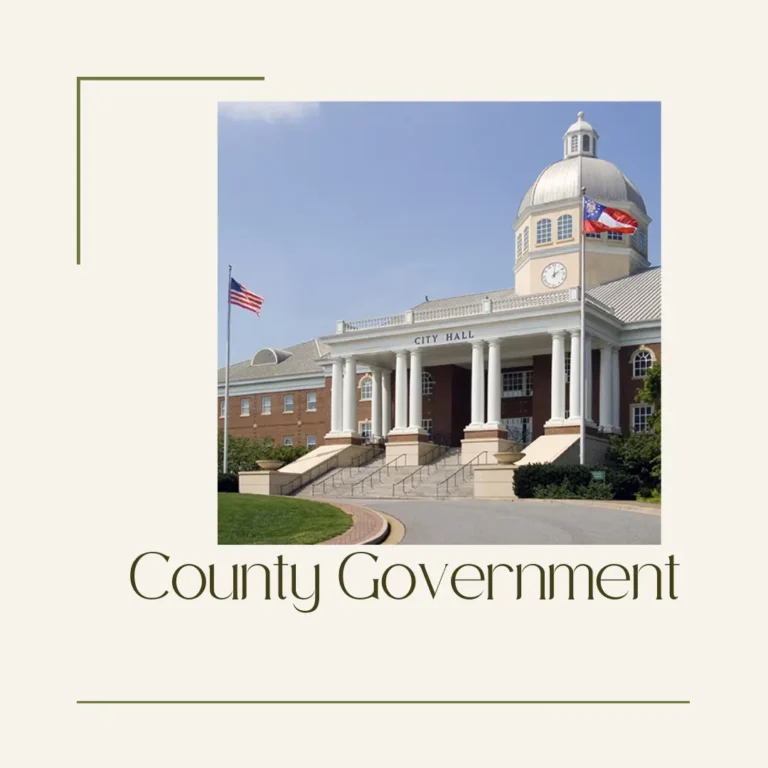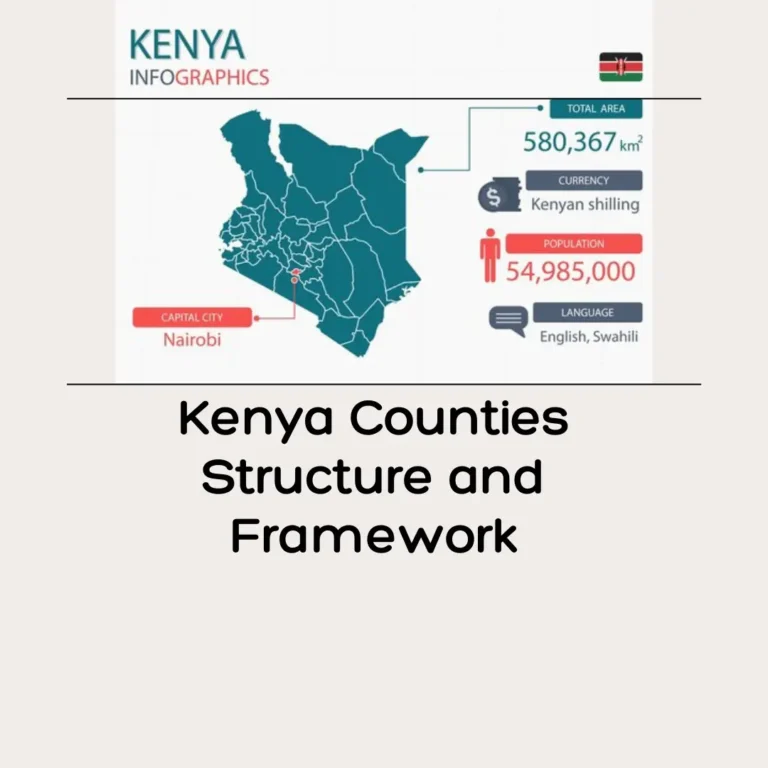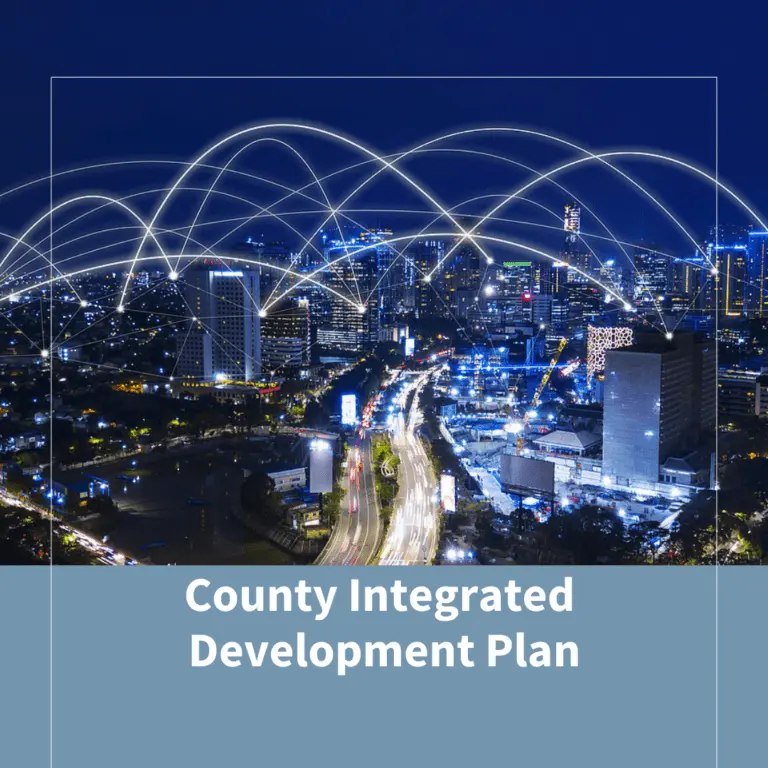Land use planning plays an important role in shaping the future of our cities and communities. It involves the careful assessment of various factors, such as environmental considerations, social equity, economic growth, and infrastructure development.
Land use planning is the process of determining the best possible utilization of available land for different purposes according to need. Including mapping out areas for residential, commercial, industrial, recreational, and agricultural activities to create a well-balanced urban landscape. Better planning overcomes the present problems, support in urban property management and provides a framework for future challenges.
As land is a limited natural resource so for well-to-do growth of a geographic area land planning is the backbone. The significance of land use planning and how it contributes to enhancing sustainability and efficiency in urban areas
Land Use Growth
There are two types of Land Use Growth, horizontal and vertical growth.
Understanding Horizontal Land Use Growth
Horizontal land use growth, often referred to as urban sprawl, involves the outward expansion of a city’s boundaries. This approach leads to the development of suburban areas, characterized by low population density.
While it offers larger living spaces and a sense of openness, it also raises concerns about increased traffic congestion, longer commutes, and reduced agricultural land. Horizontal growth covers the maximum land area.
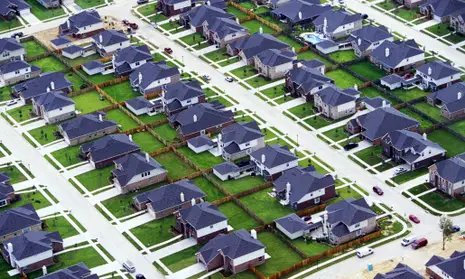
Exploring Vertical Land Use Growth
Vertical land use growth centers around building upwards, typically in the form of high-rise structures and skyscrapers.
This approach maximizes land use efficiency, allowing more residents and businesses to be accommodated within a smaller physical footprint. Vertical growth reduces the need for extensive transportation networks and can promote a sense of community by bringing people closer together.

Benefits of Horizontal and Vertical Growth
Both horizontal and vertical growth have their merits. Horizontal growth provides space for larger residential properties and encourages the development of green spaces.
While On the other hand, vertical growth offers the opportunity to create iconic skylines, optimize land usage, and reduce urban sprawl. A combination of both approaches can cater to diverse housing preferences and help in achieving a balance between aesthetics and functionality.
Challenges in Implementing Both Approaches
Implementing either horizontal or vertical growth comes with challenges. For balance and optimized plan, County integrated development plan CIDP help, either how much percentage adopt for horizontal and vertical growth. Urban sprawl can strain infrastructure, lead to fragmented communities, and increase pollution.
Vertical growth requires careful consideration of structural stability, transportation systems, and adequate access to sunlight and open spaces. Striking a balance between the two approaches demands thoughtful planning and flexibility in urban design.
Strategies for Balanced Urban Expansion
To ensure sustainable development, cities must adopt strategies that blend horizontal and vertical growth. Smart urban planning involves creating mixed-use zones, where residential, commercial, and recreational spaces coexist.
Zoning regulations play a vital role in guiding growth, ensuring a harmonious mix of building heights and land uses. By focusing on transit-oriented development and green infrastructure, cities can mitigate the negative impacts of expansion.
The Importance of Land Use Planning
Effective land use planning is essential for several reasons:
Sustainable Development
Land use planning ensures that urban development is carried out in an environmentally sustainable manner. It helps protect natural resources, preserve green spaces, and reduce pollution, contributing to a cleaner and healthier environment.
Efficient Resource Allocation
By identifying suitable locations for different activities, land-use planning optimizes the use of resources such as water, energy, and infrastructure, leading to cost-effective and efficient development.
Disaster Mitigation
Proper land-use planning can mitigate the impact of natural disasters by avoiding construction in high-risk areas prone to floods, earthquakes, or landslides.
Components of Land Use Planning
Zoning Regulations
Zoning divides land into different zones, each with specific allowable land uses and development regulations. This helps prevent conflicting land uses and ensures that residential, commercial, and industrial areas are appropriately separated.

Master Plans
Master plans provide a long-term vision for land use in a region. They outline policies and guidelines for future development, taking into account factors like population growth, infrastructure requirements, and environmental considerations.
Environmental Impact Assessment (EIA)
Before initiating any major development project, an EIA is conducted to evaluate its potential environmental impacts. This assessment ensures that development activities do not harm sensitive ecosystems or natural habitats.
Public Participation
Effective land planning involves the active involvement of the community and stakeholders. Public consultations and feedback help incorporate diverse perspectives and address the needs of different groups.
The Process of Land Use Planning
Assessing Current Land Use
The first step in land use planning is to analyze the existing land use pattern. This involves mapping out areas already developed for residential, commercial, or other purposes.
Engaging Stakeholders
Effective land-use planning requires the involvement of various stakeholders, including local communities, businesses, and government agencies. Their input and concerns must be taken into account during the planning process.
Setting Goals and Objectives
Clear goals and objectives need to be established to guide the land-use-planning process. These may include increasing green spaces, promoting mixed-use development, or revitalizing underdeveloped areas.
Zoning and Land Allocation
Zoning regulations are formulated to determine which activities are allowed in specific areas. This step involves designating zones for residential, commercial, industrial, and recreational purposes.
The Benefits of Effective Land Use Planning
Improved Quality of Life
Well-planned cities offer improved quality of life to their residents. Access to amenities, open spaces, and transportation options contribute to a healthier and happier community.
Economic Growth and Job Opportunities
Strategic land use planning attracts investment and fosters economic growth. It creates job opportunities as new businesses are established and existing ones expand.
Sustainable Transportation
By integrating transportation networks with land use planning, cities can encourage the use of public transport and reduce reliance on individual cars, leading to reduced traffic congestion and air pollution.
Challenges and Solutions in Land Use Planning
Balancing Urban Development and Environment
One of the major challenges is finding a balance between urban development and environmental preservation. Innovative solutions such as green building initiatives and eco-friendly infrastructure can help address this issue.
Affordable Housing
Land use planning should prioritize the development of affordable housing to ensure that all members of the community have access to suitable living spaces.
Adapting to Changing Needs
As cities evolve, land use planning must be flexible enough to adapt to changing needs and demographics. Regular updates and revisions to the plans are necessary to accommodate growth and development.
Land Degradation
Unplanned and haphazard development can lead to land degradation, impacting soil fertility and natural habitats. Land planning must focus on conservation to combat these issues.
The Role of Technology in Land Use Planning
Geographic Information Systems (GIS)
GIS technology enables land use planners to analyze spatial data, identify suitable development areas, and map out potential land use scenarios with precision. This data-driven approach enhances decision-making and fosters efficient resource allocation.
Virtual Reality (VR) and Augmented Reality (AR)
VR and AR technologies allow stakeholders and community members to experience proposed land use plans virtually. This immersive experience facilitates better understanding and engagement, leading to more inclusive planning processes.
Big Data Analytics
By harnessing big data analytics, land use planning can gain insights into population trends, infrastructure demands, and environmental changes. This information aids in developing resilient and future-proof plans that cater to evolving needs.
Citizen Engagement Platforms
Online citizen engagement platforms empower residents to participate in the land use planning process actively. These platforms facilitate feedback collection, surveys, and discussions, enabling planners to consider diverse perspectives.
Ensuring Equitable Development
Social Impact Assessment (SIA)
Conducting Social Impact Assessments in land use planning helps identify potential impacts on vulnerable communities and ensures equitable development. Planners can then devise strategies to mitigate adverse effects and promote social inclusion.
Inclusive Zoning Policies
Inclusive zoning policies, such as inclusionary housing ordinances, mandate the allocation of a certain percentage of new developments for affordable housing. This policy fosters diverse and inclusive neighborhoods.
Community Partnerships
Collaborating with community-based organizations and local stakeholders in land use planning fosters trust and ensures that plans address the specific needs and aspirations of the people they affect.
Equitable Access to Services
Land use planning should prioritize equitable access to essential services, such as healthcare, education, and public utilities. Ensuring that all residents have access to these amenities improves social equity and well-being.
Conclusion
Land use planning is a crucial aspect of urban development that directly impacts the environment, economy, and society. By incorporating sustainability and efficiency into the planning process, we can create vibrant, resilient, and inclusive cities that offer a high quality of life for their residents.
What is land use planning?
Land use planning is the process of analyzing, designating, and regulating the use of land to ensure its optimal and sustainable utilization.
What is the role of land use planning in environmental conservation?
Land use planning plays a significant role in environmental conservation by identifying and protecting green spaces, natural habitats, and valuable ecosystems. It helps reduce urban sprawl and minimizes the negative impact of development on the environment.
How does land use planning contribute to reducing traffic congestion?
Strategic land use planning ensures that commercial and residential areas are located in proximity to transportation hubs and public transit networks. This approach encourages the use of public transport and reduces the number of vehicles on the road, thus alleviating traffic congestion.
Can land-use planning promote mixed-use development?
Yes, land use planning can promote mixed-use development by designating areas for combined residential, commercial, and recreational activities. This approach fosters a sense of community and maximizes land utilization.
Is land use planning a long-term process?
Yes, land use planning is a long-term process that requires continuous monitoring and adaptation to changing needs and circumstances. It involves a comprehensive vision for the future development of a city or region.
How can land use planning support social equity?
Land use planning can support social equity by ensuring that affordable housing, educational institutions, and essential services are accessible to all members of the community, regardless of their socioeconomic status.
What is the role of zoning in land use planning?
Zoning is essential in land use planning as it designates specific areas for various purposes, preventing conflicting land uses and promoting orderly development.
How does land use planning benefit the environment?
Land use planning helps preserve natural resources, protect biodiversity, and mitigate the impact of urbanization on ecosystems, contributing to environmental sustainability.
What are the challenges of land use planning?
Some challenges include balancing conflicting interests, adapting to changing demographics, and addressing land degradation issues caused by unplanned development.
Why is public participation crucial in land use planning?
Public participation ensures that land use plans reflect the needs and aspirations of the community, making them more inclusive and effective.
How does land use planning contribute to economic growth?
Strategic land use planning attracts investments, promotes job creation, and fosters sustainable development, driving economic growth in a region.
